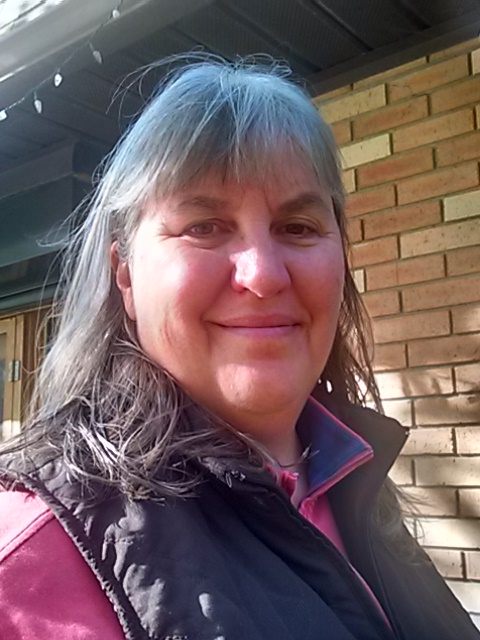The cost of living is determined by affordability and availability. When we say energy, food, or housing are affordable we mean that the prices charged for energy, food, or housing are within the range we can afford to pay. The amount we can afford to pay depends on how much we earn. So, first off, the cost of living is dependent on affordability, which in turn is related to access to jobs and the rate we are paid to perform a service. Affordability isn’t directly measured by availability, but if a product isn’t easily available the price will be higher. So indirectly, affordability does relate to availability. Economics has long taught that supply and demand determine the pricing of goods and services. If supply is low, the price will be high.
As human population increases, the demand for total goods and services also increases. That is a fairly simply equation. If the number of people who need a place to live increases and the number of places to live does not change, the price for housing will rise. If the number of people increases the amount of food needed to feed them will rise, and if supplies are low, the price will increase. These statements are basic economic reality. We can alter these equations slightly, by say reducing the square footage of living space per person, or the number of calories per day per person. We can perhaps increase the efficiency of food by growing more per acre or using less labor to harvest and process the food, and in doing so we might reduce prices, but by and large demand determines price.
When prices rise rapidly the economy is inflating and the cost of living rises reducing the affordability of goods and services. On the other hand, when prices drop rapidly the economy is in recession, which if severe can lead to business failures, loss of jobs, and a reduction in affordability even if the cost of living may be lower.
Most people don’t pay attention to the cost of living when prices or the supply of jobs are steady. We focus instead on other aspects of living; acquiring the education or training to get a good paying job, building a career, finding a partner, buying a home, starting a family, or planning for retirement. When the economy is steady these are the aspects of living that matter the most, and we tend to follow the path of least resistance, i.e. we do what everyone else in our sphere of influence is doing. There are other, larger life issues such as climate change, depletion of fossil fuels, pollution, over-population, and geopolitical destabilization in other countries. Some people pay attention to these issues, follow the news, and try to understand how the future will affect the cost of living.
It’s normal not to think about things that are far off in the future. It’s normal not to think about what other people are doing if their actions don’t affect us directly. Our attention span is like a muscle we need to exercise. It tends to weaken or atrophy if we don’t use it enough. All too often we focus on what is immediately affecting us. The floors need vacuuming. The garden needs weeding. The lawn needs mowing. The kids have a soccer tournament this weekend. The boss wants a report finished by Friday. The car needs its oil changed or it needs to be repaired. These are the short term pressing things in life that may affect us today, and generally we can’t ignore them. Thinking about the things in the future that we can’t control tends to be stressful and it’s understandable why we may turn our attention to the TV or computer to escape into other distractions. Distractions are something we all need to do now and then in order to maintain peace of mind.
Long term planning often gets a short shrift in life, but when life becomes volatile we are forced to face what the future holds. Our parents, grandparents, or great grandparents who lived through the Great Depression, WWI or WWII were forced to focus on events they may not have imagined would impact their life. They witnessed daily the struggles of people just trying to survive, people traveling through their communities who had little or nothing and were just moving on. If predictions of our future on an increasingly warmer planet are true, I suspect we will see for ourselves what such travelers look like. We may even find first hand what happens when weather disasters destroy our homes, our communities, or simply our ability to feed and shelter our family and we are forced to move on searching for resources elsewhere.
When we think of prices, supply and demand we need to consider what happens when supply is gone. What happens when even if we have a job we can’t afford to buy what little remains available? Droughts that have destroyed crops, or wildfires that follow the droughts, that follow the heat waves, that may come on the heels of neighbors confiscating our resources…are already happening in our world. If we think about the future from this perspective we might start to take long term planning more seriously. If we deny such a future exists, we may find ourselves in an untenable position.
The most difficult part of living with a changing climate is not the reality of heat, drought, wildfires, floods, food shortages, or wars, it is the realization that the our past experiences aren’t likely to provide much guidance in adapting to our changing reality. The future won’t look like our past because humans have never lived on earth where conditions were similar. There has never before been as many humans on the planet as there are today. The environment has never been as degraded or diminished as it is today. The sooner we acknowledge the fact that we are facing an entirely new set of challenges, the faster we will realize we need to adopt new ways of living if we are going to survive. The true ‘cost of living’ takes on new meaning when what is needed may or may not be available to buy at any cost.
Photo by Alexander Mils on Unsplash






